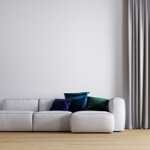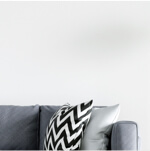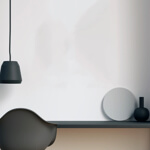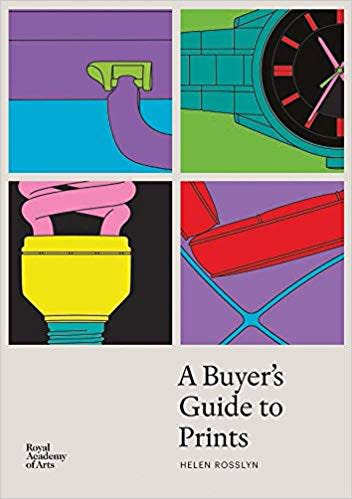C.R.W Nevinson
The Mirror, 1926-27
etching
17.5 x 13.8 cm
6 7/8 x 5 3/8 in
6 7/8 x 5 3/8 in
Edition Size not recorded (Probably no more than 20 impressions)
Signed in pencil
£ 8,500.00
Printed on laid paper, bearing the watermark hand made. This work fits into a group of voyeuristic subjects that Nevinson completed when in France: ‘A Paris Window’ (1922) ‘A Studio...
Printed on laid paper, bearing the watermark hand made.
This work fits into a group of voyeuristic subjects that Nevinson completed when in France: ‘A Paris Window’ (1922) ‘A Studio in Montparnasse’ (1925), ‘Paris Morning’ (1926-7) and ‘A Paris Façade’ (1926-27).
In Nevinson’s drypoint ‘A Paris Window’ one can see a woman brushing her hair through the window on the other side of the street. This voyeuristic snap shot is framed by the large Parisian window and ornate balcony, the open door, leading the viewer to look beyond the interior setting at the figure beyond.
In ‘The Mirror’ the artist uses the same framing device of the curtained window but the subject is more personal and there is little evidence of the word outside the scene; only a partial glimpse of a striped awning and trees beyond, visible though the partially opened balcony door. The girl looking into the mirror is a devise undoubtedly inspired by Nevinson’s fellow artist Walter Sickert and his painting ‘Girl at a Looking Glass, Little Rachel’, although as Sickert drew great inspiration from Degas - particularly his interiors depicting young women washing, dressing and undressing, he too must be credited Nevinson and Sickert had exhibited together in the 1913 as part of the London Group (an amalgamation of Sickert’s Camden Town Group and the English Cubists/Vorticists of which Nevinson was a founding member). Despite the obvious similarities between the two works there is one obvious difference; Nevinson’s rendering of the reflection in the mirror. Unlike in Sickert’s painting, where the sitters face is visible in the mirror, Nevinson constructs a cubist vision of his subjects reflection reminiscent of the work of George Braque in the early 1900s. Reference: Black 120
This work fits into a group of voyeuristic subjects that Nevinson completed when in France: ‘A Paris Window’ (1922) ‘A Studio in Montparnasse’ (1925), ‘Paris Morning’ (1926-7) and ‘A Paris Façade’ (1926-27).
In Nevinson’s drypoint ‘A Paris Window’ one can see a woman brushing her hair through the window on the other side of the street. This voyeuristic snap shot is framed by the large Parisian window and ornate balcony, the open door, leading the viewer to look beyond the interior setting at the figure beyond.
In ‘The Mirror’ the artist uses the same framing device of the curtained window but the subject is more personal and there is little evidence of the word outside the scene; only a partial glimpse of a striped awning and trees beyond, visible though the partially opened balcony door. The girl looking into the mirror is a devise undoubtedly inspired by Nevinson’s fellow artist Walter Sickert and his painting ‘Girl at a Looking Glass, Little Rachel’, although as Sickert drew great inspiration from Degas - particularly his interiors depicting young women washing, dressing and undressing, he too must be credited Nevinson and Sickert had exhibited together in the 1913 as part of the London Group (an amalgamation of Sickert’s Camden Town Group and the English Cubists/Vorticists of which Nevinson was a founding member). Despite the obvious similarities between the two works there is one obvious difference; Nevinson’s rendering of the reflection in the mirror. Unlike in Sickert’s painting, where the sitters face is visible in the mirror, Nevinson constructs a cubist vision of his subjects reflection reminiscent of the work of George Braque in the early 1900s. Reference: Black 120
Join Our Mailing List
* denotes required fields
We will process the personal data you have supplied in accordance with our privacy policy (available on request). You can unsubscribe or change your preferences at any time by clicking the link in our emails.





 A Buyer's Guide to Prints
A Buyer's Guide to Prints